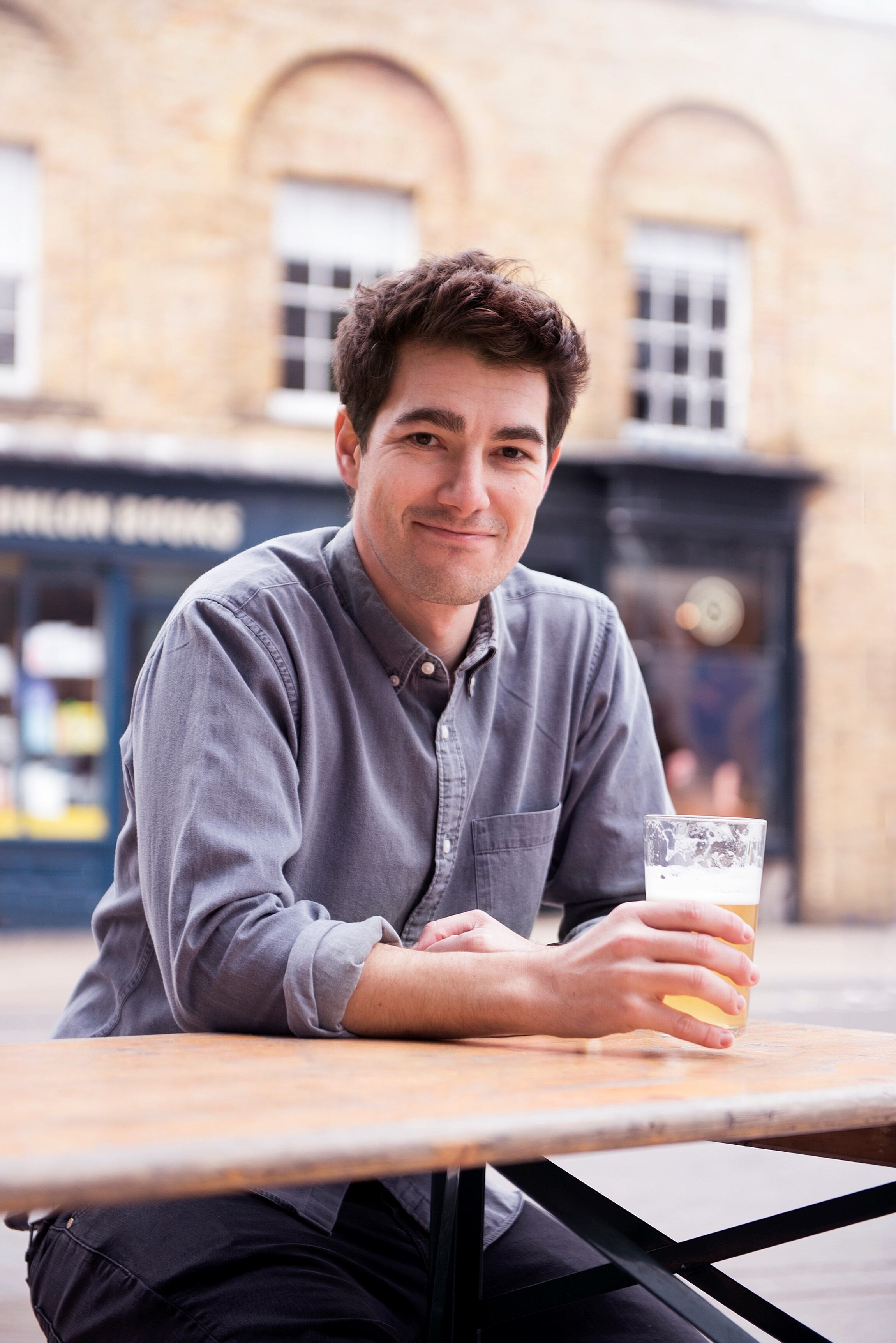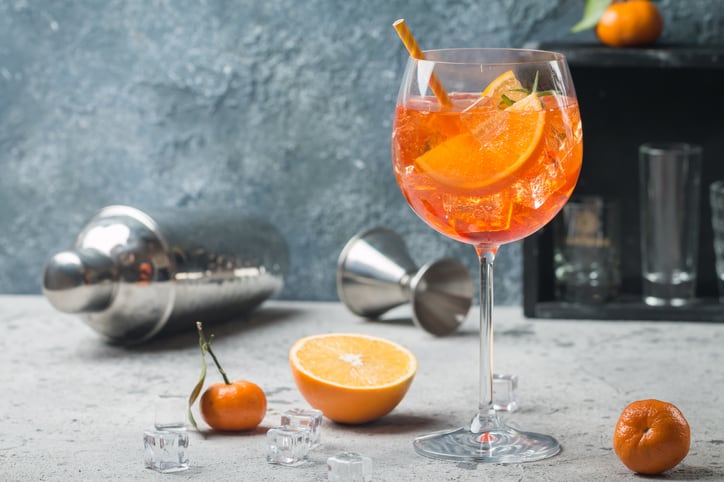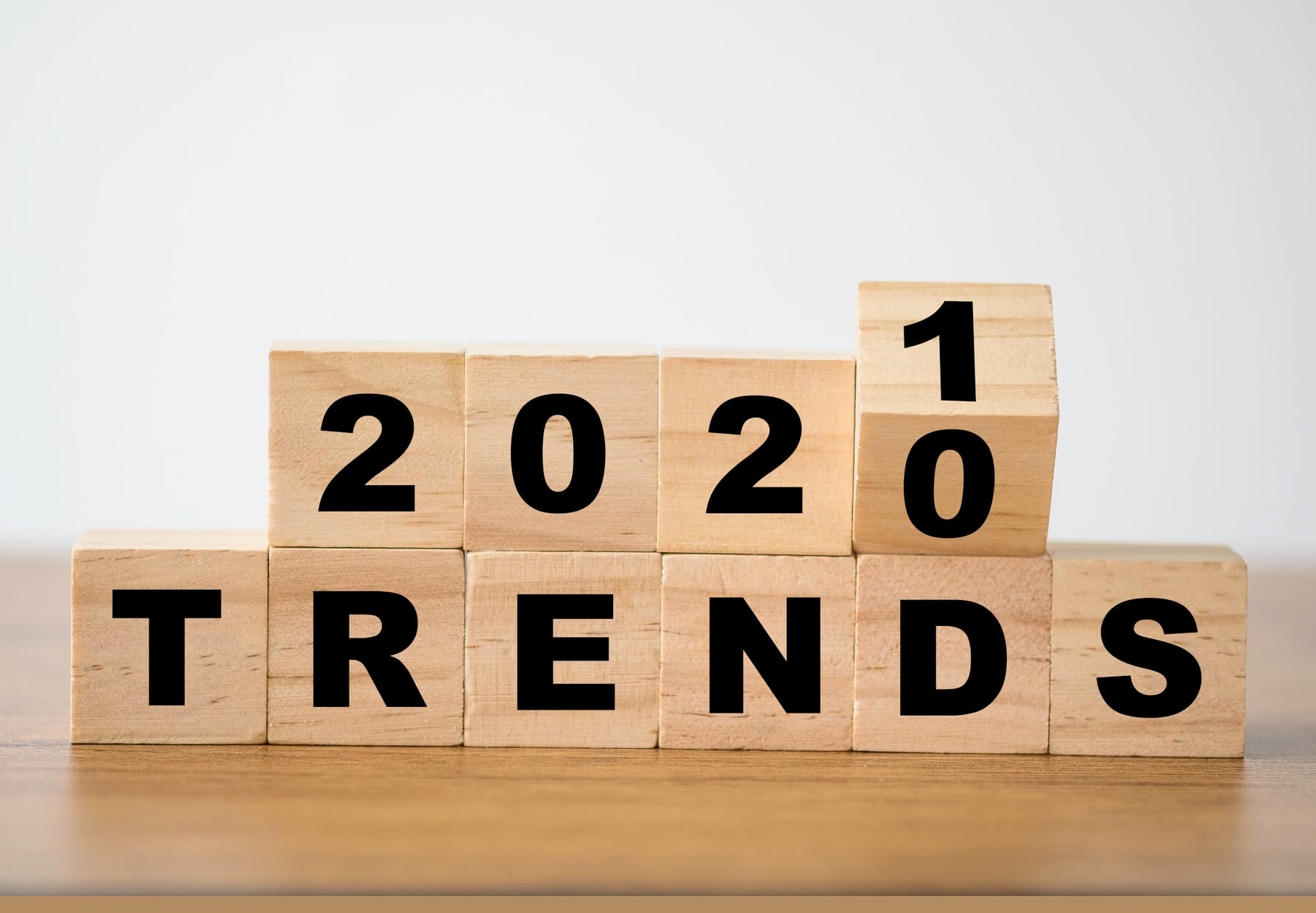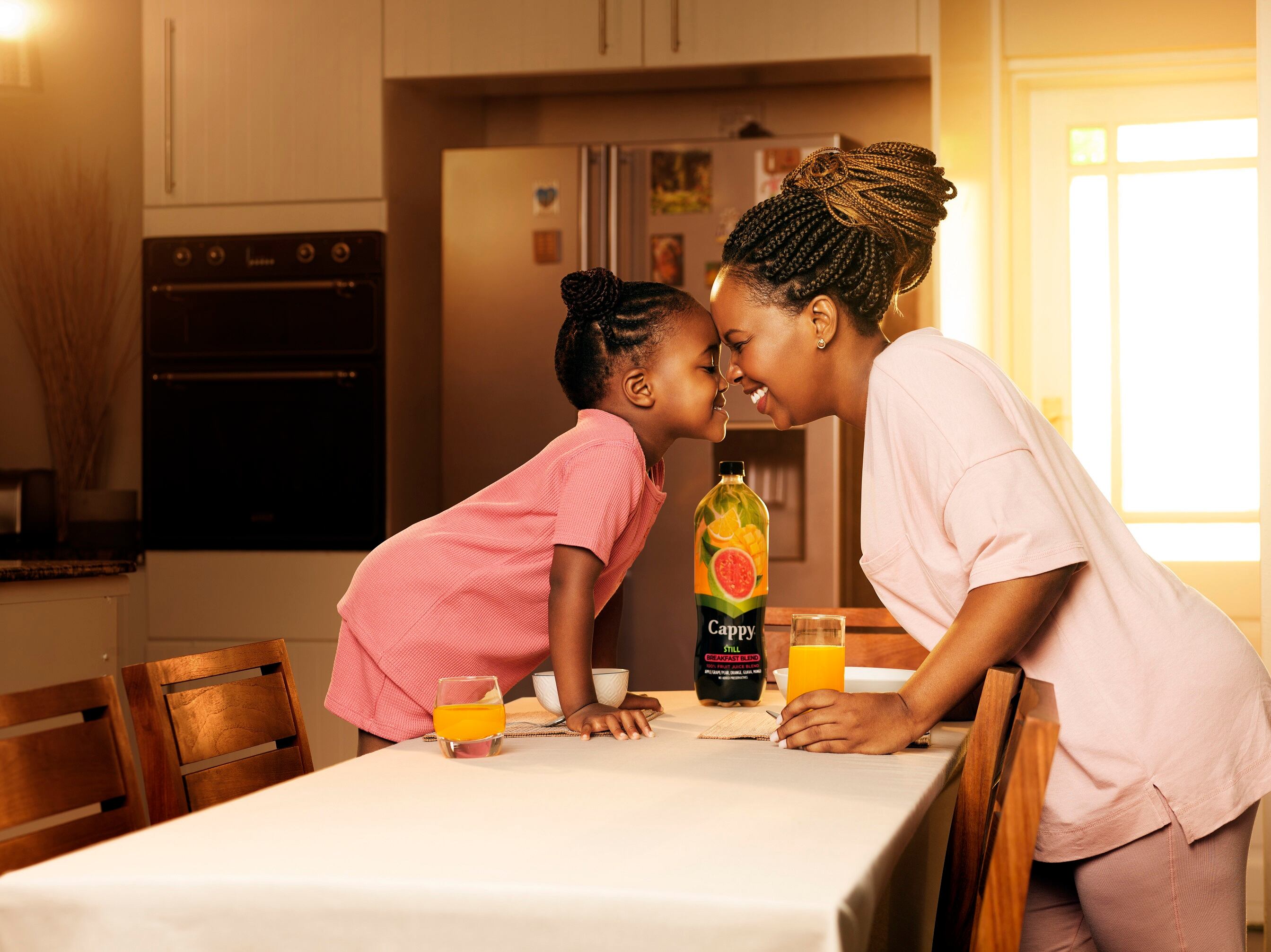After 2020, I’m not sure anyone will dare write an end of year predictions piece again.
Of course, no one saw 2020 coming, and we had a year no one wanted or expected. But while many specifics were wrong, not all predictions were completely off the mark.
Some trends have been fast (gin, pink gin) and others slower (ecommerce, D2C). But Covid-19 has been a huge accelerator for others - a super-speedy ramp up of ecommerce and D2C.
So what are the big, overarching trends that have shaped 2020, irrelevant of Covid, and which will continue to make their presence felt into 2021 and beyond?
1. Health-conscious consumers
2020 has seen a renewed focus on drinks and health, as people evaluate their responses to being stuck in their houses. Some are drinking more, some are drinking less, but this has really just shed light on a longer-term trend in drinks (and many other categories): the rise of the health-conscious consumer. This is both a physical and a mental health issue (and CBD enriched drinks, another trend, taps into both of these concerns).
A recent YesMore study found that while youth audiences overall feel less pressure to drink, we’re also seeing a rise in low ABV drinks, low calorie drinks - and in both at the same time in the form of Hard Seltzers. (Essentially fizzy flavoured water with a shot of alcohol of some sort.)
They're light, low calorie, low alcohol and branded like a fitness drink - which they're not. Led by their rise to popularity in the US, the world's biggest beer brands are amongst the big players either starting up, or buying up, hard seltzer brands faster than you can say "but first, let me take a selfie".
2. Planet/pollution-conscious consumers
Pre-covid, much of the out of home drinks industry (in the western world at least) was at war with plastic in an effort to appeal to planet-conscious consumers. Many bars and restaurants had switched to cornstarch or biodegradable straws, including straws made of, well, straw. Others had got rid entirely, favouring the good old fashioned glass for consumers to consume from.
But now, in a post-(or mid-?) covid world, single use plastics are BACK and they appear to be back in a big way.
Pubs and bars serving takeaway pints are doing so in plastic, and with lids too now. And of course single-use masks are now a thing. What's worth noting, though, is consumers will be forgiving of brands and bars using single use plastic in the short term, but certainly not forever.
The brands that push forward with their eco credentials now are the ones who will carry favour in the long term - not just in venues but in packaging of all sorts, sold in all channels.
Some bars and breweries are already ahead of the curve here, serving draft beer in 2 and 4 pint milk containers to reduce the number of plastic pint glasses per round. Next on consumer's list of values will be carbon emissions and ocean-safe cleaning liquid to name a few.
3. Purpose-driven consumers
In drinks as elsewhere, we’re seeing consumers look for purpose from the brands they consume.
Brewgooder is a great example of a brand selling beer with purpose - to bring clean and safe drinking water to those without access around the world. And of course Brewdog is the poster boy of purpose-driven brands in the drinks space - even if their ideas are often polarising - you can’t argue with their market leading position as a ‘carbon negative’ company.
Johnnie Walker is using heat recovery from malting barley to harness energy and generate power. ‘Build back better’ won’t just be a government slogan.
4. Fame-hungry consumers
Celebrities have always been popular. But the big thing over the past few years in drinks is for celebrities to launch 'their own' drinks. This has become something of a self-perpetuating industry, with all sorts of people, properties and concepts now launching their own booze. There’s barely a celeb without a gin or tequila brand - but Babe Wines was launched by an influencer, and now The Queen can offer Royal fans their pick from Sandringham Estate, and Buckingham Palace’s own gin brands.
The advantages of this are clear - not only do brands that partner with celebs in this way get some of the reflected glamour of their name, but also a ready made audience of fans ready to engage with the product.
5. Convenience-led consumers
As with the plastic point above - convenience has never been more important. We were seeing the rise of ‘on the go’ products before (gin in a tin, wine in a can). Now we're drinking alfresco more than ever, the rise in ready to drink products has accelerated.
These lend themselves well to covid precautions and also other convenience-led trends such as drinks collection, drinks delivery and direct-to-consumer e commerce too. Yes, things will likely revert somewhat to pre-covid norms, but it may not be as early as next summer, and a lot of the habits of delivery and DTC have been forever accelerated by 2020.
6. Quality-led consumers

The idea of ’treating yourself’ after a bad week has had, let’s say, even more resonance in 2020. While of course there’s a need for people to exercise caution around drinking as a stress reliever or treat, we’ve definitely seen a number of brands reporting that consumers have been ’trading up’ and buying more of their mid-range and premium products.
When you can’t go to the pub and you’ve had another hard week of lockdown, spending an extra £5 on your weekend bottle of red certainly seems for many like a price worth paying. It’s fair to say that 2021, all going well, may be a year of indulgence after 2020 - and so this may be another trend that will continue to grow in years to come.
Pictured right: Tom Harvey.




